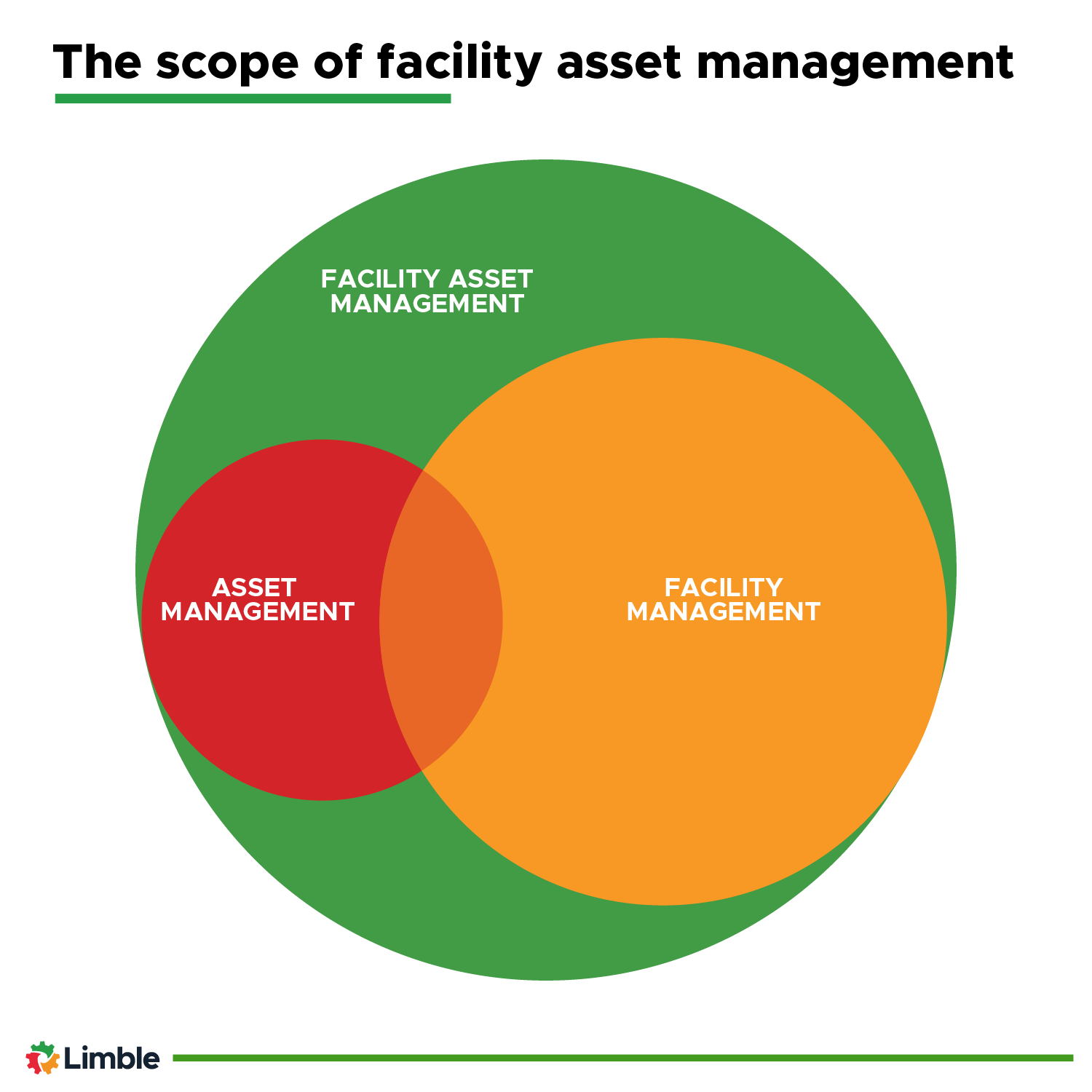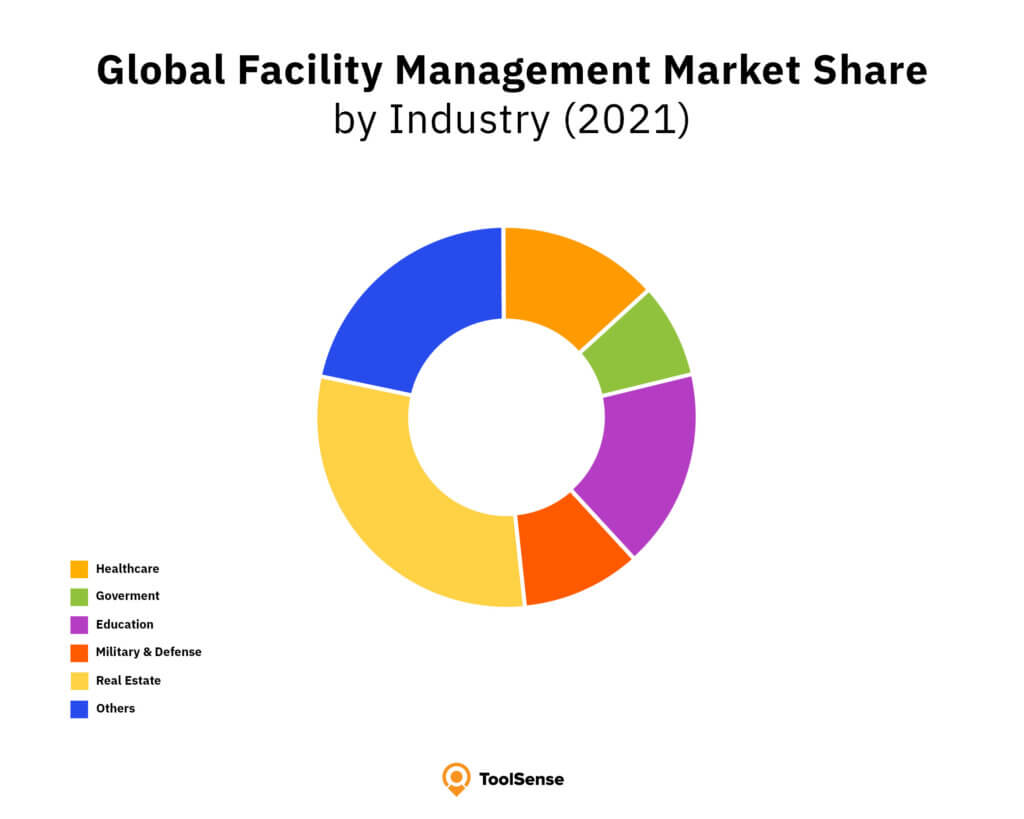The Vital Overview to Facility Monitoring: Approaches for Success
Facility monitoring plays a critical role in the overall success of a company, offering as the backbone that sustains security, performance, and performance. The nuances of effective center administration expand past plain logistics and call for an extensive understanding of both quantitative and qualitative metrics.
Comprehending Center Monitoring
What constitutes reliable facility administration? Reliable center administration incorporates the sychronisation of numerous organizational functions to ensure that built environments are safe, efficient, and favorable to efficiency. It incorporates the principles of design, engineering, and service monitoring to produce a smooth functional flow within a company.
Trick components of center monitoring consist of area planning, upkeep monitoring, and conformity with health and wellness policies. Area preparation concentrates on enhancing making use of physical sources to support business objectives, while upkeep monitoring ensures that centers are maintained in optimum condition, making best use of life expectancy and decreasing operational costs. Conformity with regulatory and lawful criteria is vital, as it safeguards the company versus potential obligations and boosts its track record.
In addition, effective center administration depends on the critical use technology, such as Building Management Systems (BMS) and Computer-Aided Center Administration (CAFM) devices. These innovations facilitate real-time monitoring of structure systems and streamline upkeep procedures (Facility Management). Eventually, a comprehensive strategy to center monitoring not only promotes operational effectiveness but additionally cultivates a positive atmosphere for site visitors and staff members alike, driving total business success

Key Strategies for Optimization
Enhancing center administration calls for a calculated strategy that straightens functional experiment business goals. To achieve this, the initial key approach is the implementation of incorporated technological services. Utilizing innovative software program systems enables real-time monitoring of facility procedures, promoting data-driven decision-making and improving general effectiveness.
Second of all, normal analyses of center efficiency are crucial. Conducting regular examinations and audits allows center supervisors to determine locations that require enhancement, ensuring that sources are alloted effectively. This proactive technique aids in reducing downtime and enhancing service distribution.
An additional critical technique is fostering partnership throughout divisions. By encouraging open interaction in between groups, center supervisors can better align their strategies with company goals, resulting in improved functional synergy. Furthermore, involving staff in training programs promotes a society of responsibility and improves their capability to add to optimization initiatives.
Enhancing Security Protocols
Enhancing safety and security protocols is vital for creating a protected environment within centers. A detailed safety protocol not only protects site visitors and employees yet additionally enhances functional performance. Facility Management. To achieve this, facility supervisors must carry out routine danger assessments to identify prospective risks and ensure that ideal measures remain in place

In addition, clear interaction networks have to be established to report security problems immediately. This includes developing an accessible platform for employees to voice potential threats or occurrences without fear of reprisal. Moreover, leveraging innovation can enhance security measures; for instance, applying monitoring systems and gain access to controls aids check center activities and limit unauthorized entrance.
Finally, compliance with regional regulations and market requirements is non-negotiable. Regular audits and reviews of safety he has a good point and security procedures make certain positioning with present laws and best techniques. By focusing on these techniques, center supervisors can cultivate a culture of security that shields all stakeholders and eventually adds to the company's success.
Improving Work Environment Environment
A positive office atmosphere significantly enhances worker morale and productivity, making it an essential focus for center administration. To develop such a setting, center managers must focus on a number of crucial elements, consisting of comfort designs, aesthetics, and employee involvement.
Ergonomic factors to consider are vital to minimize physical stress and discomfort. This includes giving adjustable furnishings, correct illumination, and sufficient room for movement. These adjustments can result in lowered absence and raised job fulfillment.
Looks play a vital role fit the office atmosphere. Making use of shade psychology, natural lighting, and greenery can foster a boosting and inviting environment. Attentively developed areas can increase creativity and improve overall wellness.
In addition, encouraging staff member involvement with inclusive decision-making processes can enhance the sense of ownership and belonging. Gathering comments on workplace improvements and entailing staff members in the design process can cause a much more customized setting that satisfies their needs.
Finally, advertising well-being campaigns, such as wellness programs and leisure areas, can even more add to an encouraging office culture. By focusing on these approaches, facility supervisors can properly improve the workplace environment, driving both staff member fulfillment and business success.
Measuring Success in Facilities
Gauging success in facility management needs a detailed strategy that reviews both qualitative and measurable metrics. Measurable metrics generally include vital efficiency indications (KPIs) such as area utilization prices, energy usage, maintenance expenses, and tenancy degrees. These metrics give a clear image of functional efficiency and monetary efficiency, enabling center managers to determine areas for improvement and criteria against sector requirements.
Qualitative metrics, on the other hand, concentrate on customer satisfaction and worker interaction. Studies and responses mechanisms can assess how well the centers meet the demands of residents, helping to assess the general office setting. This element is important, home as a satisfied labor force is typically connected to enhanced performance and retention prices.
To properly determine success, facility supervisors should additionally take into consideration incorporating technology, such as constructing administration systems and information analytics devices, to accumulate and evaluate appropriate information. Consistently examining both sets of metrics allows for a more balanced view of performance and informs calculated choices. Ultimately, a successful center monitoring approach hinges on a dedication to constant renovation, guaranteeing that both functional effectiveness and customer complete satisfaction are focused on.

Conclusion
In conclusion, efficient facility monitoring is vital for enhancing organizational performance. Focusing on safety and security procedures and boosting office environments even more contribute to boosted worker fulfillment.
Facility monitoring plays a crucial function in the general success of a company, offering as the backbone that supports effectiveness, security, and efficiency.Secret components of center administration consist of space preparation, upkeep monitoring, and compliance with wellness and safety regulations.Additionally, efficient center management counts on the tactical usage of technology, such as Structure Administration Equipment (BMS) and Computer-Aided Center Management (CAFM) devices. Ultimately, a detailed approach to facility monitoring not just advertises operational performance yet additionally promotes a favorable setting for site visitors and workers alike, driving general business success.
Ultimately, an effective center management method hinges on a commitment to continuous renovation, making certain that both operational performances and individual contentment are focused on.